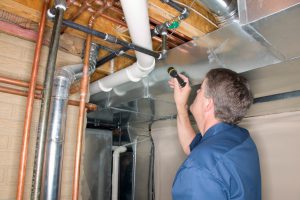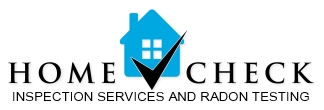HomeCheck Plumbing
 When we inspect the plumbing system. We’re looking for any issues with the plumbing in the home that could be a problem after you move in. Areas we’ll be inspecting; the shut off valve to the main water meter, determining if there are any lead or galvanized plumbing. Most homes built prior to 1986 often have lead or galvanized plumbing. Know if your new home does nor not.
When we inspect the plumbing system. We’re looking for any issues with the plumbing in the home that could be a problem after you move in. Areas we’ll be inspecting; the shut off valve to the main water meter, determining if there are any lead or galvanized plumbing. Most homes built prior to 1986 often have lead or galvanized plumbing. Know if your new home does nor not.
We’ll determine the size of the water pipes in and around the home – they will determine water pressure. The water heater will be inspected to determine the size and if it will accommodate the needs of your family, where it’s located and the age of the water heater. We’ll be looking for any buildup of mineral deposits, and any signs of leaks, etc. We’ll determine if the plumbing has been prepared for the cold weather, and the vents throughout the home operate properly to open and close. Determine sewage system to the home; a septic system or municipal sewer system. If a septic system, you’ll want a copy of the septic permit which shows the location of the septic tank, the size and the field lines. You should have the seller inform you when the last time the septic tank was cleaned.
Inside the home, we’ll be checking the the plumbing at the kitchen sink and bathroom sinks for leaks, drips and drainage plus look under the sinks for signs of leaks and any other issues. We’ll flush toilets in bathrooms, making sure they empty and fill properly and we’ll turn on the showers, especially in the farthest room from the home’s water source to determine the temperature of the water and the water pressure.
By doing these things, we can give you an idea if the plumbing is working properly or if there are issues that need to be address by a licensed plumber.
